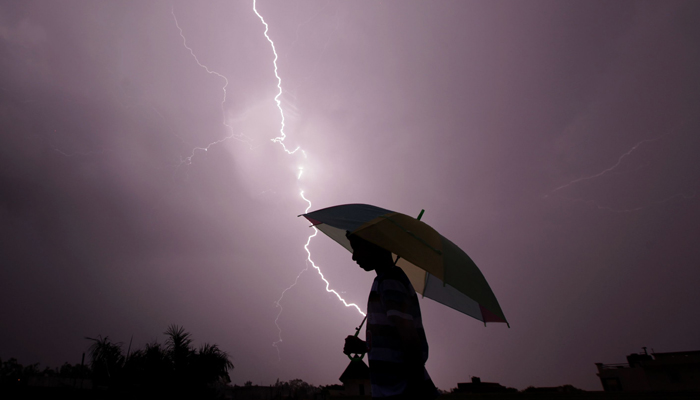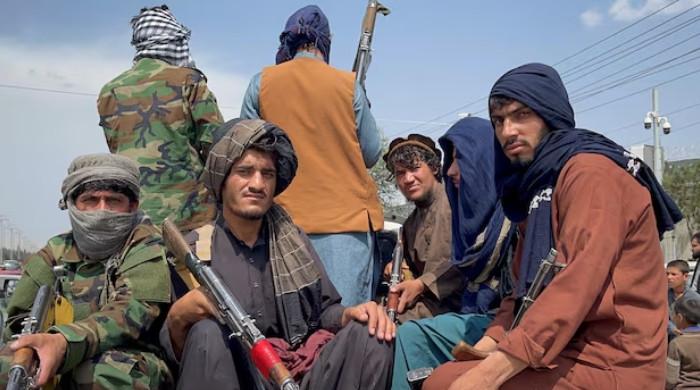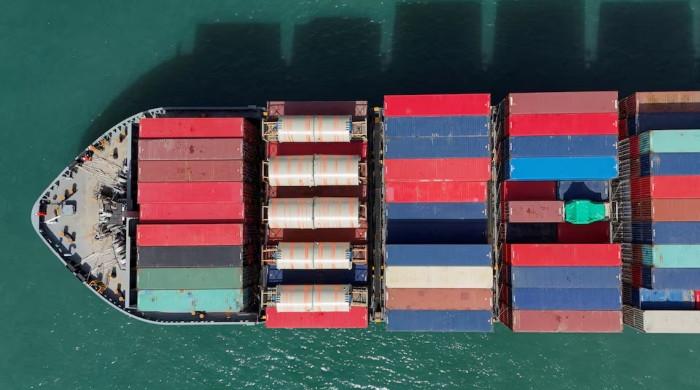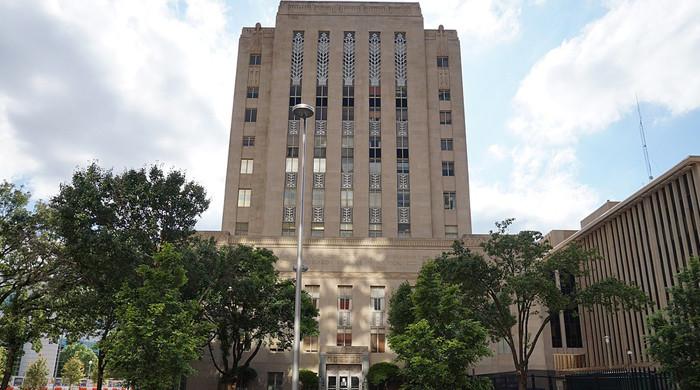'Climate change driven' lightning strikes kill 147 people in India's Bihar state
Around 215 people — farmers, rural labourers and cattle graziers — have now died from strikes in the country's poorest state
July 05, 2020

PATNA: Lightning strikes killed 147 people in the north Indian state of Bihar over the last 10 days, officials said Sunday, warning of more extreme weather conditions to come, driven by climate change.
Around 215 people — farmers, rural labourers and cattle graziers — have now died from strikes in the country´s poorest state, authorities said.
"I was informed by weather experts, scientists and officials that rising temperatures due to climate change is the main cause behind the increasing lightning strikes," Bihar´s Disaster Management Minister Lakshmeshwar Rai told AFP.
Twenty-five people died on Saturday, he said.
The Indian Meteorological Department has warned of more lightning in the next 48 hours.
Lightning strikes during the annual monsoon that runs from June to September are fairly common in India.
But officials said this year´s toll in Bihar has already surpassed the total number of deaths recorded annually for the state over the past few years, even though the monsoon season has just started.
Last year, 170 people were killed in lightning strikes during the monsoon period.
Bihar agrometeorologist Abdus Sattar told AFP the lightning and thunder was caused by large-scale instability in the atmosphere, fuelled by temperature rises and excessive moisture.
State authorities rolled out a mobile phone app they said helps predict possible lightning strikes. But many poor farmers do not own smartphones.
In neighbouring Uttar Pradesh, just over 200 people have been struck and killed by lightning since April, according to officials.
More than 2,300 people were killed by lightning in India in 2018 according to the National Crime Records Bureau, the most recent figures available.
The monsoon is crucial to replenishing water supplies in South Asia, but also causes widespread death and destruction across the region each year.











